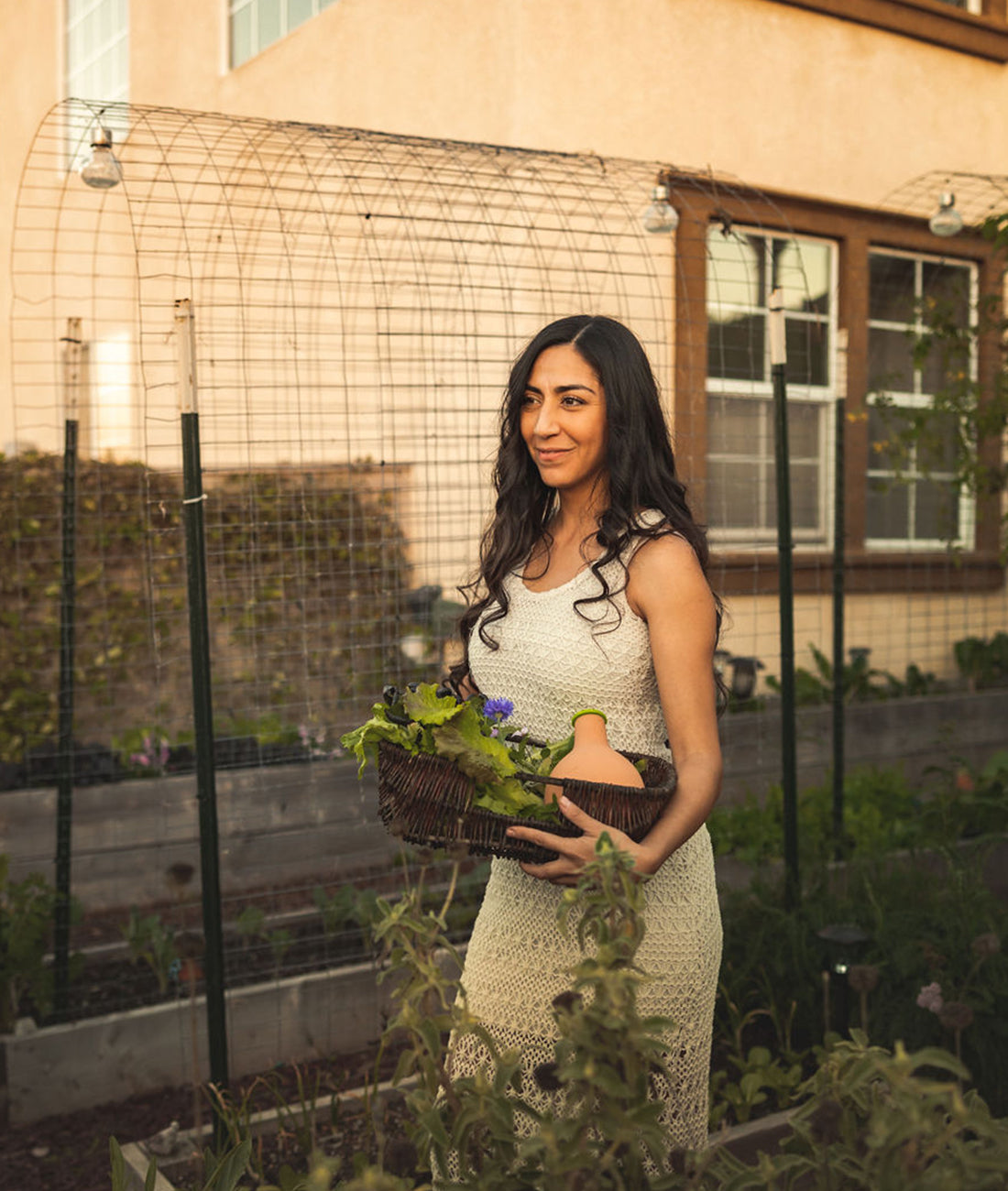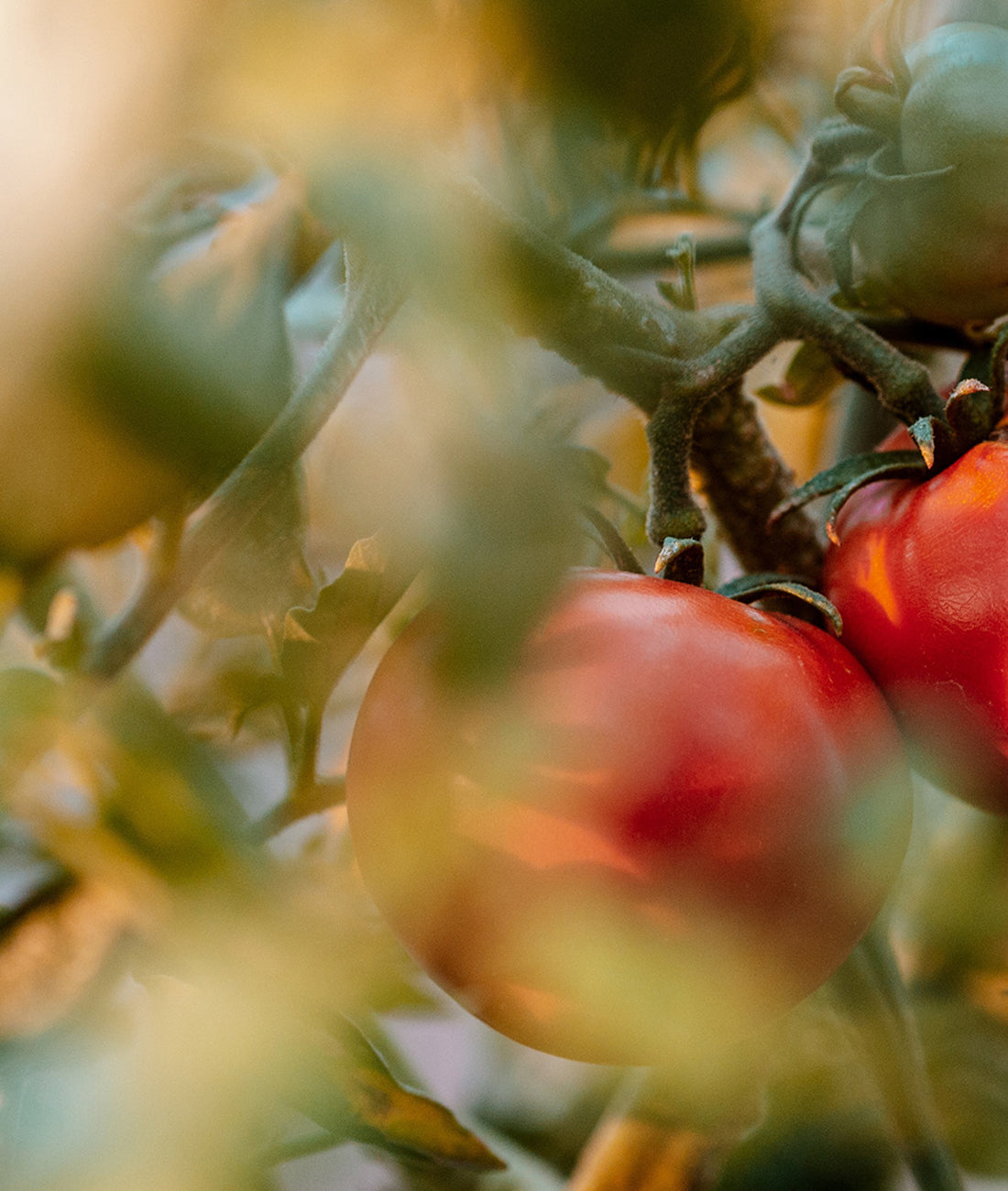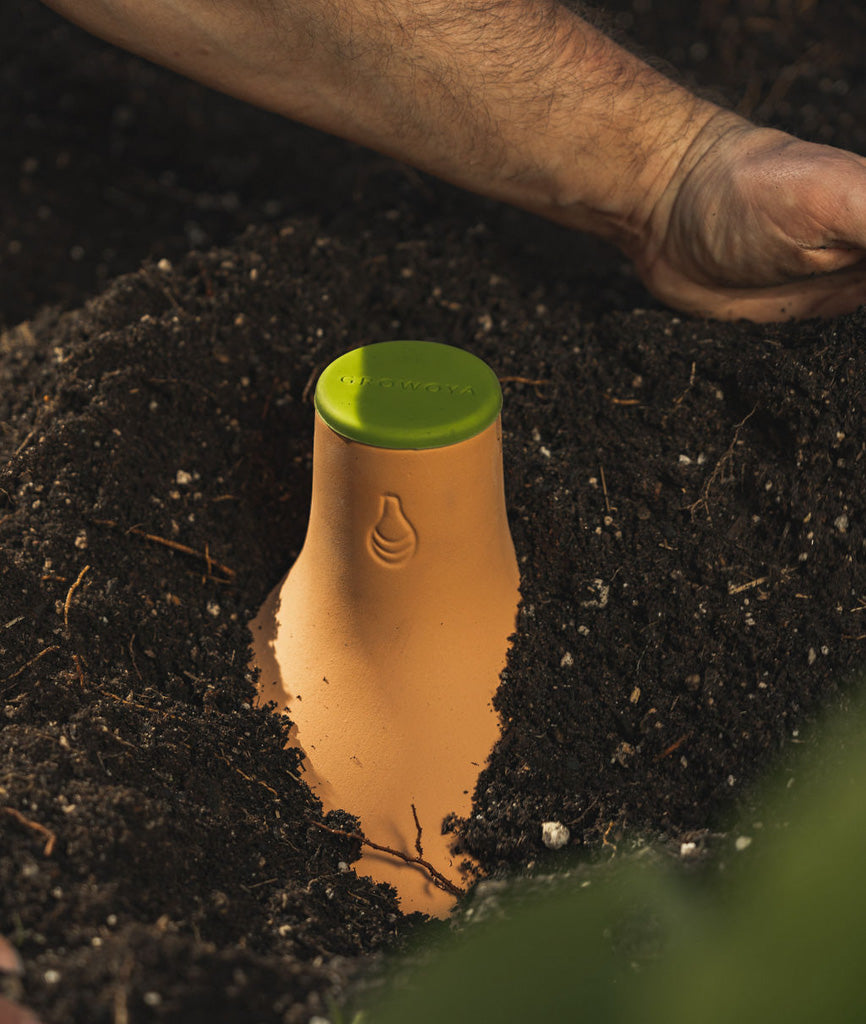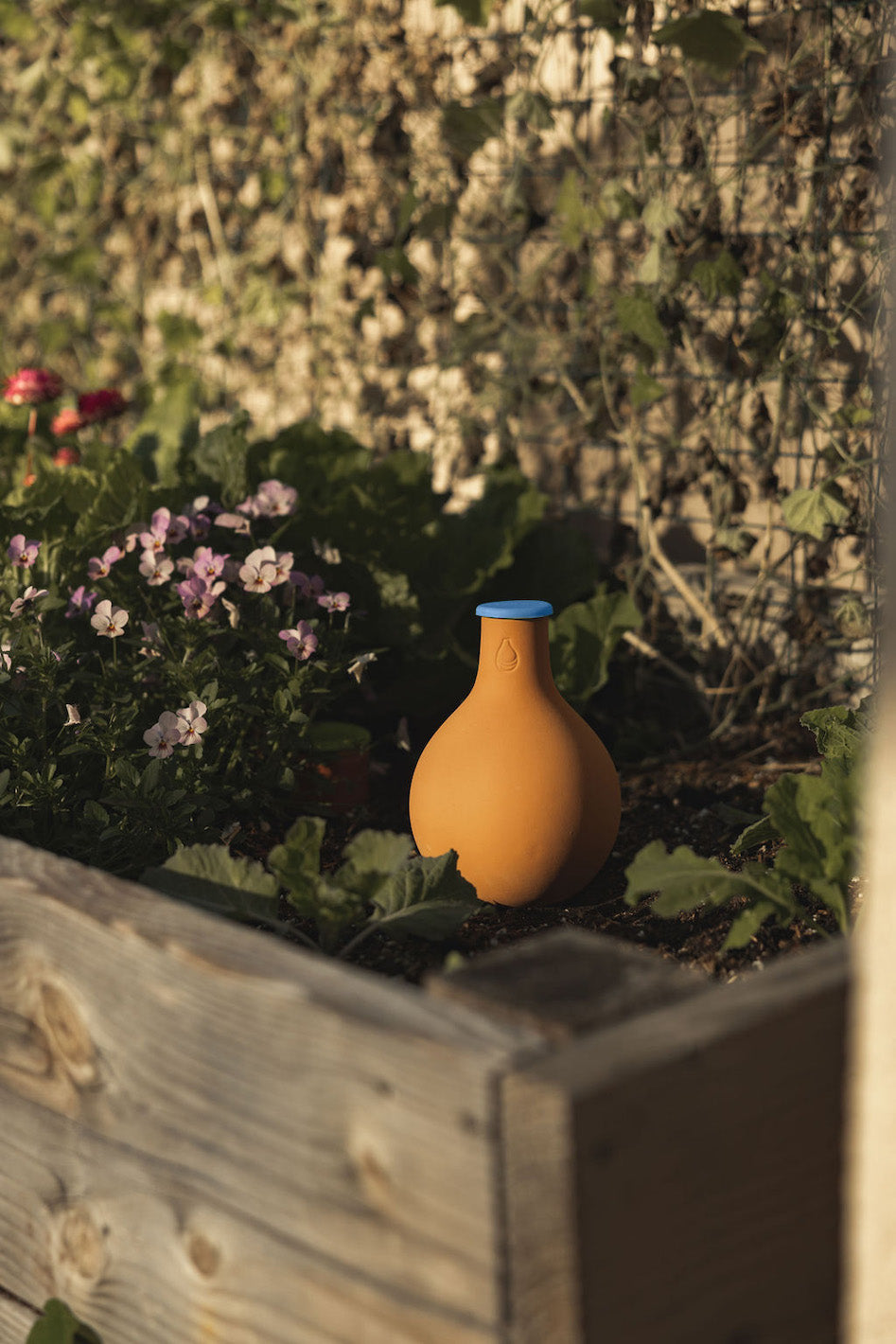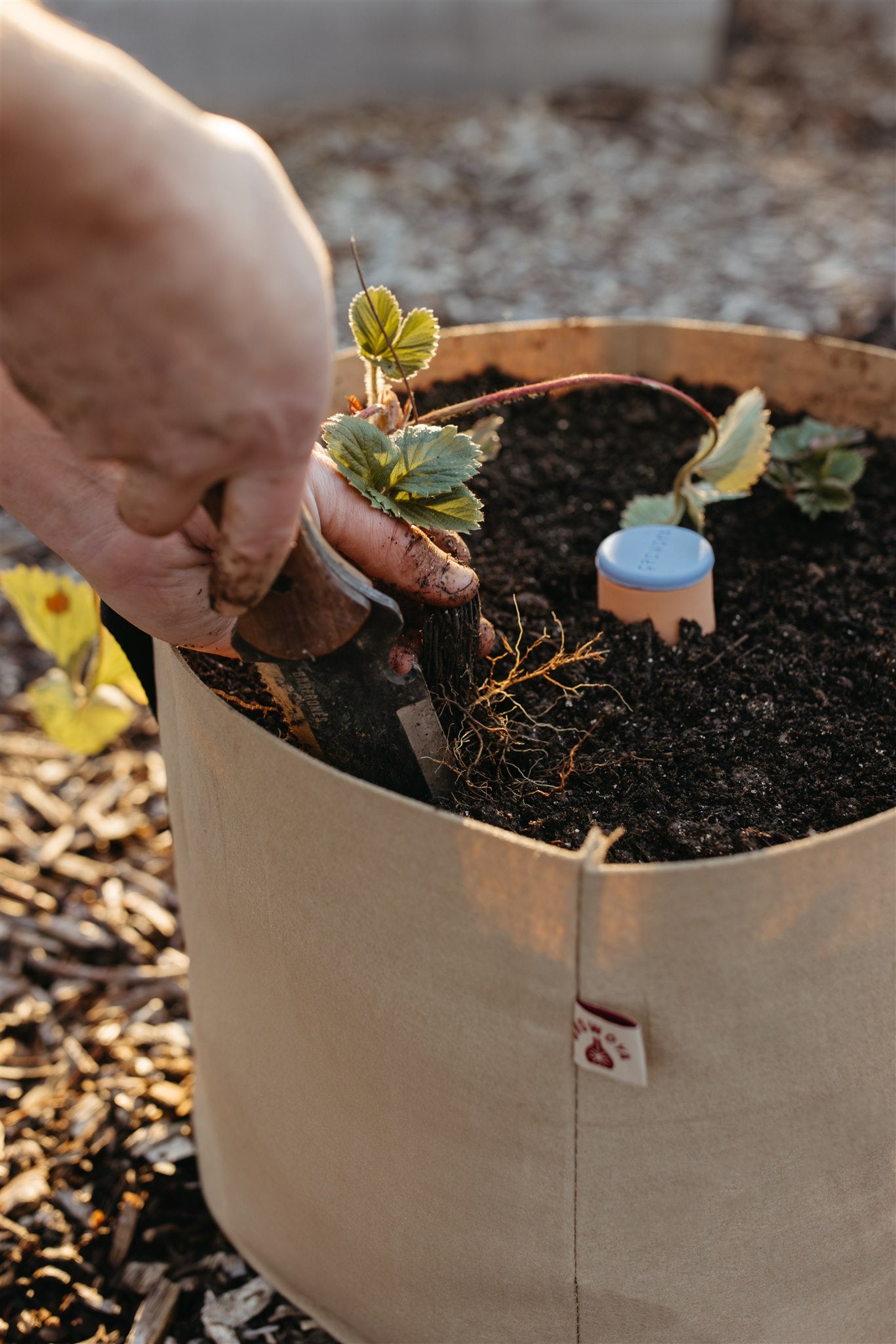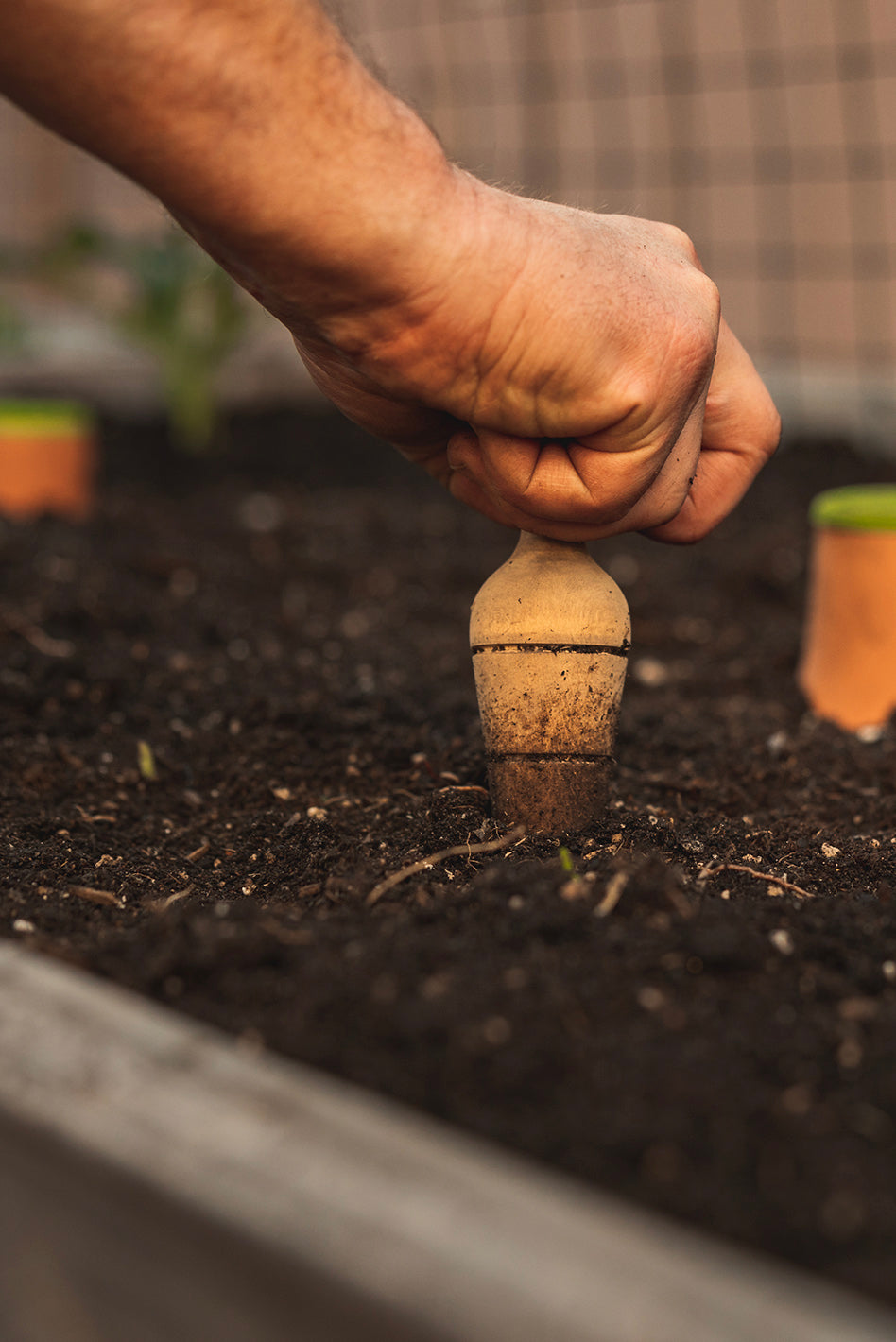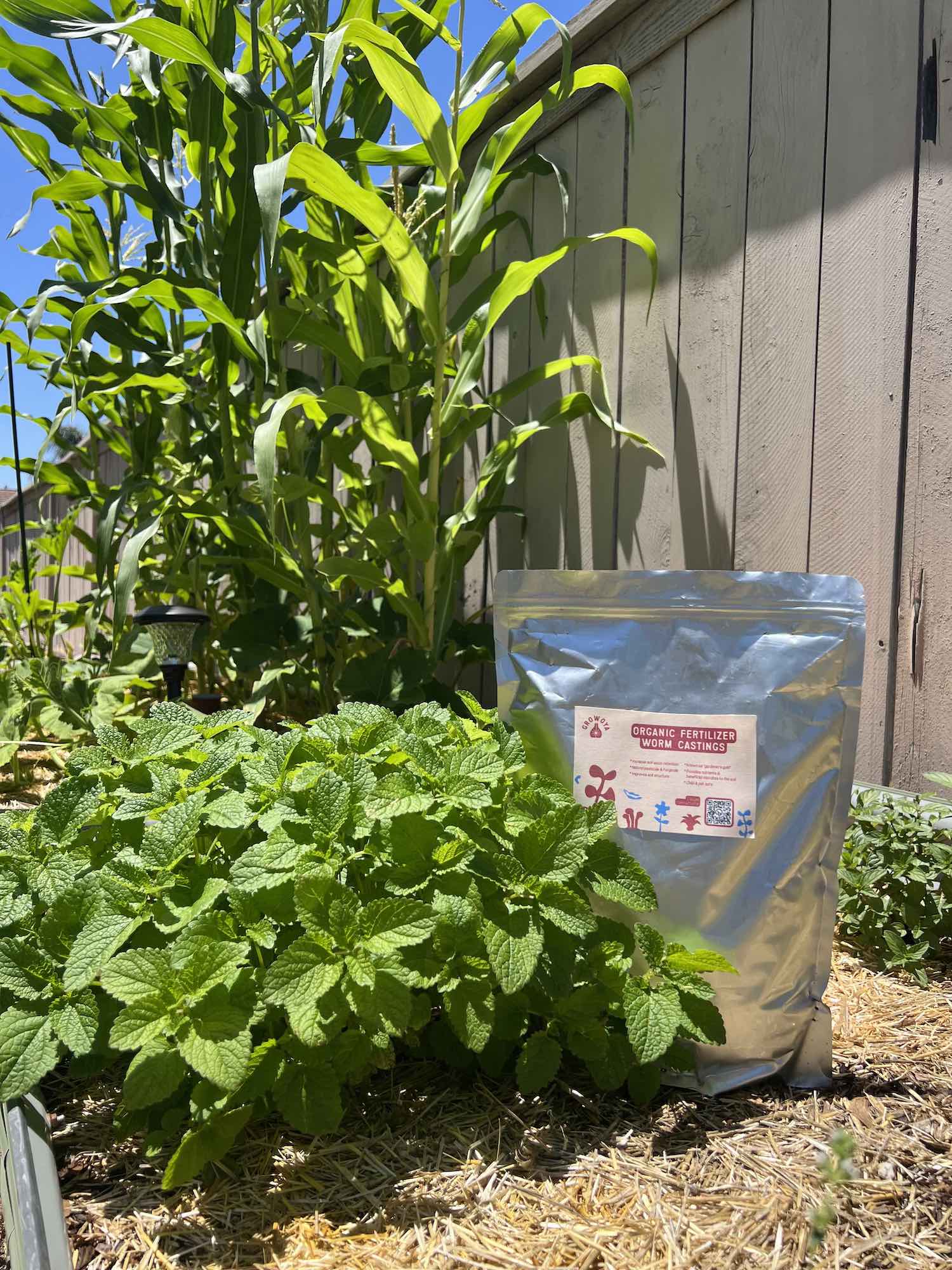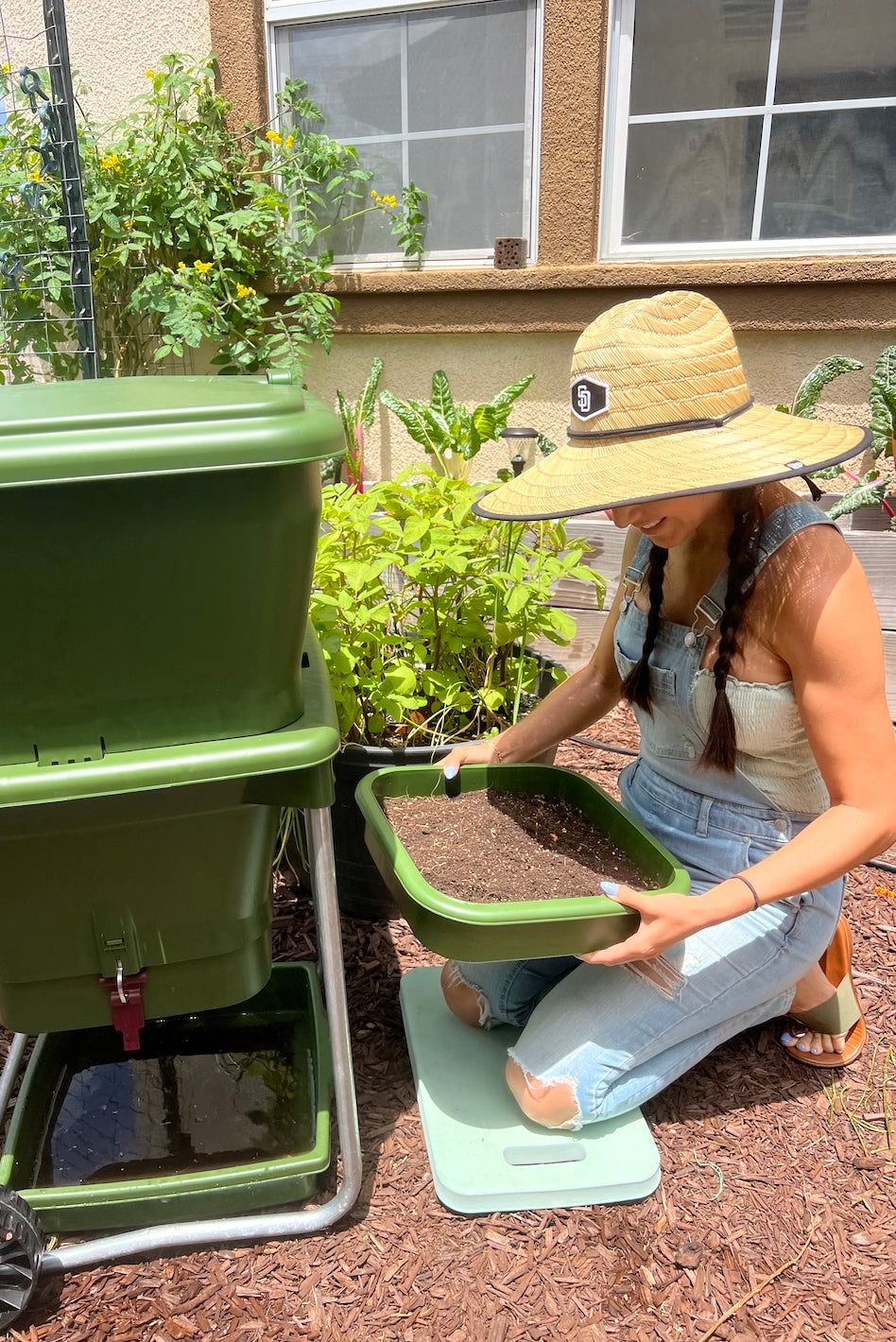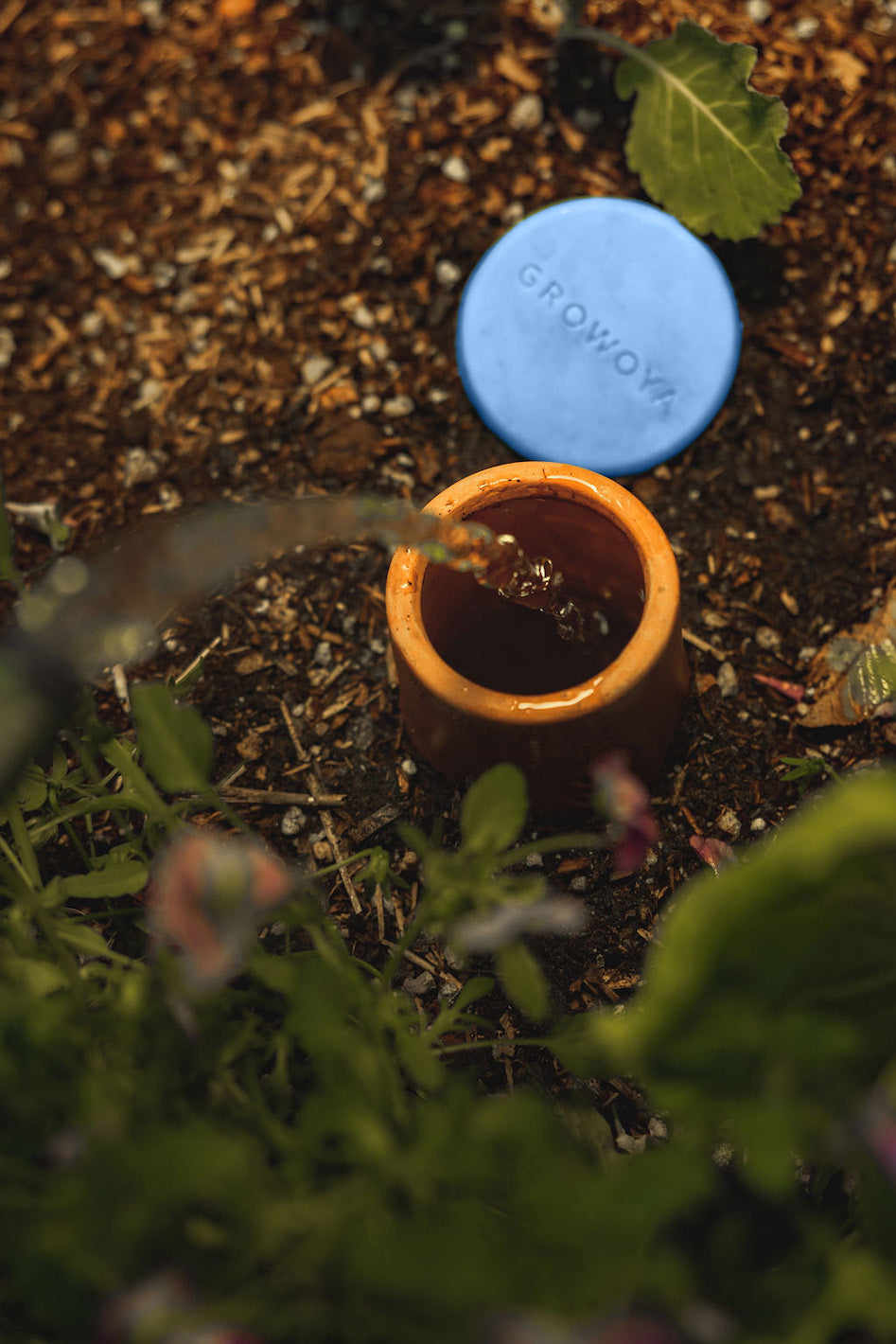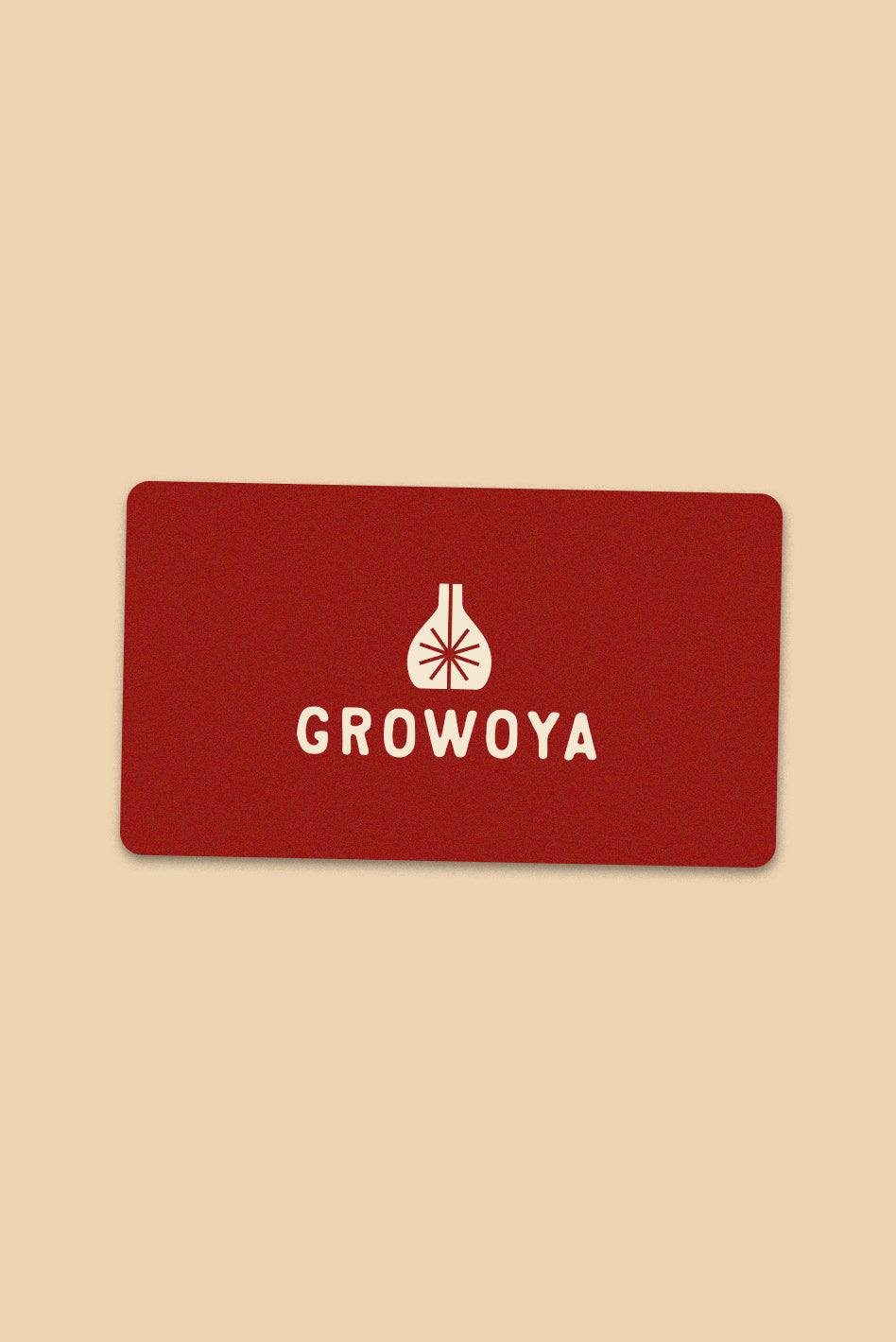Do you want your tomato plant to provide its best results? Then it's crucial to know how many leaves should be cut off the plant. While too many cuts might restrict development and deplete the plant's energy reserves, too few can result in a poor yield. To enhance yields and quality, this blog post will share how many leaves you should cut off tomato plants, including various pruning methods, and how long you should wait to start your tomato harvest.
For more information on how to guarantee a healthy crop of tasty tomatoes, continue reading!
To Prune or Not To Prune
How much foliage your tomatoes have will determine how many leaves you should remove. In order to maintain a healthy balance between vegetative growth and fruit production, it is typically advised that no more than 1/3 of the leaves be cut. For example, it would be fair to cut 2 leaves from each branch of a tomato plant with 18 branches that have 6 leaves each, leaving the plant with 4 leaves per branch. This will guarantee that the plant doesn't get too crowded or bushy and has enough leaves to keep on producing fruits.
Techniques for Tomato Cutting and Pruning
There are various pruning procedures that may be employed once you've determined how many leaves to remove. The most typical involves pinching off the lowest leaves of the plant as these leaves won't get enough sunshine or nutrients and can slow development. Another method is known as "suckering," which entails cutting off all of the little branches that emerge from the plant's main stem. This aids in managing the energy expenditure required to produce more fruit as opposed to more foliage.
Where to Trim Your Tomato Plant's Leaves
Now that you are aware of how many to remove and how to trim them, decide where on the plant to remove the leaves The optimum area is at the base of each branch. This will encourage the growth of lateral vegetation and new flower buds that can yield more tomatoes. Additionally, avoid cutting any leaf clusters close to the plant's core because doing so might harm the stem and lessen the amount of energy available for fruit production.
All pruning should be done at the stem. When a branch loses too many leaves on one side, the branch becomes unbalanced and dies, which can harm or even kill the plant. Removing any leaf buds will also decrease the amount of fruit that is produced.
Make sure not to cut the primary stem as that can affect the entire plant's health. Remember, if you want to grow larger tomato fruit you need a strong stem to bear the weight. Damaging the central stem will make achieving that much more difficult.
Wait a few weeks prior to picking your tomatoes. Early pruning can shock the plant, making it fragile, which can stunt the growth of your tomatoes. Follow these recommendations for optimal tomato plant health in your crop.
Take extra care around these tomatoes when pruning:
- cherry tomatoes
- green tomatoes
- heirloom tomatoes
When Do I Prune Leaves?
Trim leaves when the plant is in the vegetative stage. At this size, the majority of its energy is going toward growing leaves. Pruning now helps ensure you are simply eliminating the extra leaves and leaving enough for healthy growth and productivity.
How to Take Care of Your Tomato Crop
One of the most crucial aspects of caring for your tomato crop is giving it the appropriate amount of pruning. Pruning tomatoes encourages strong growth and fruit yield. Removing dead or diseased leaves and branches will also assist in lessening the likelihood of pests or illnesses that might harm your crop. Along with trimming, be sure to water, feed, and weed-free your crops. Check out our other posts for additional information on how to grow your tomatoes.
What if I don't cut my leaves back?
While your tomatoes may continue to produce fruit if you don't trim them, the leaves from the tomato can decrease your crop yield when it comes time to harvest. Pruning helps to get rid of any undesirable foliage that can attract pests and cause illness. Consider it this way: every additional leaf that grows on the plant is energy that could be developing your tomato instead. By eliminating the superfluous leaves, you can direct more energy toward a tomato.
Planting Tomatoes with Stakes
Your tomato plants may benefit from having stakes to support them, particularly if they start to get too heavy. Use stakes to support your plant if it cannot stand erect on its own. By staking, the plant is kept upright as it develops and ultimately supported to avoid bending or breaking from excess weight.
Here are some additional considerations when using stakes to support your tomato plants. First, avoid tying wires around the stake since they can cut into the stem and inhibit development. Second, be careful not to stake it too deeply as this could prevent the roots from spreading. Stakes should not be used in excess since this might overwhelm the area and restrict the amount of light that reaches the plant. Make use of the fewest stakes possible. Finally, monitor the stake as your plants grow. You might need to reposition the plant's attachment to the stake as it develops.
Hopefully, you receive a more wholesome and fruitful harvest of tomatoes every year by implementing the advice in this article!
Providing Nutrients for Your Tomatoes
Ensure that your tomatoes are receiving all the nutrients they require if you want to receive the highest yield from them. For optimal plant development and fruit production, tomatoes require the nutrients nitrogen, phosphorus, and potassium (NPK). These necessary nutrients as well as micronutrients like iron, zinc, calcium, and magnesium can be bolstered by adding fertilizer or compost to the soil.
Routinely inspect the soil and apply fertilizer or compost as necessary to make sure your tomatoes are receiving all the nutrients they require. Water your plants in a method that the nutrients make it to the tomato plant's roots. Using Oya Water Pots is one option for reliable, optimal irrigation. When filled with water, moisture seeps out slowly through the terracotta walls to water your plants right at the roots. Over time the roots attach themselves to the outside of the Oya watering pot and draw water out as they need it. They take just what they need—no more, no less. Visit our website to learn more here.
Begin Pruning Your Tomatoes Today
In conclusion, trimming your tomatoes is essential for growing a harvest that is both healthy and fruitful. In addition to fostering growth and fruit production, removing dead or damaged leaves can help decrease pests and illnesses that might harm your crop. Your plants can also be supported and kept from bending by using stakes. In order to get the most out of your tomatoes, routinely check the soil for nutrients like NPK, iron, zinc, calcium, and magnesium. Finally, tomatoes love a steady watering schedule administered at their roots. Erratic watering causes splitting and blossom end rot. Aerial watering can lead to fungal diseases or mildew.
Pruning isn't only about how many leaves you should remove; it's also about how much time you spend nurturing your plants so they continue to provide mouth-watering fruits year after year. For better-tasting tomatoes at mealtime tomorrow, start trimming today!
